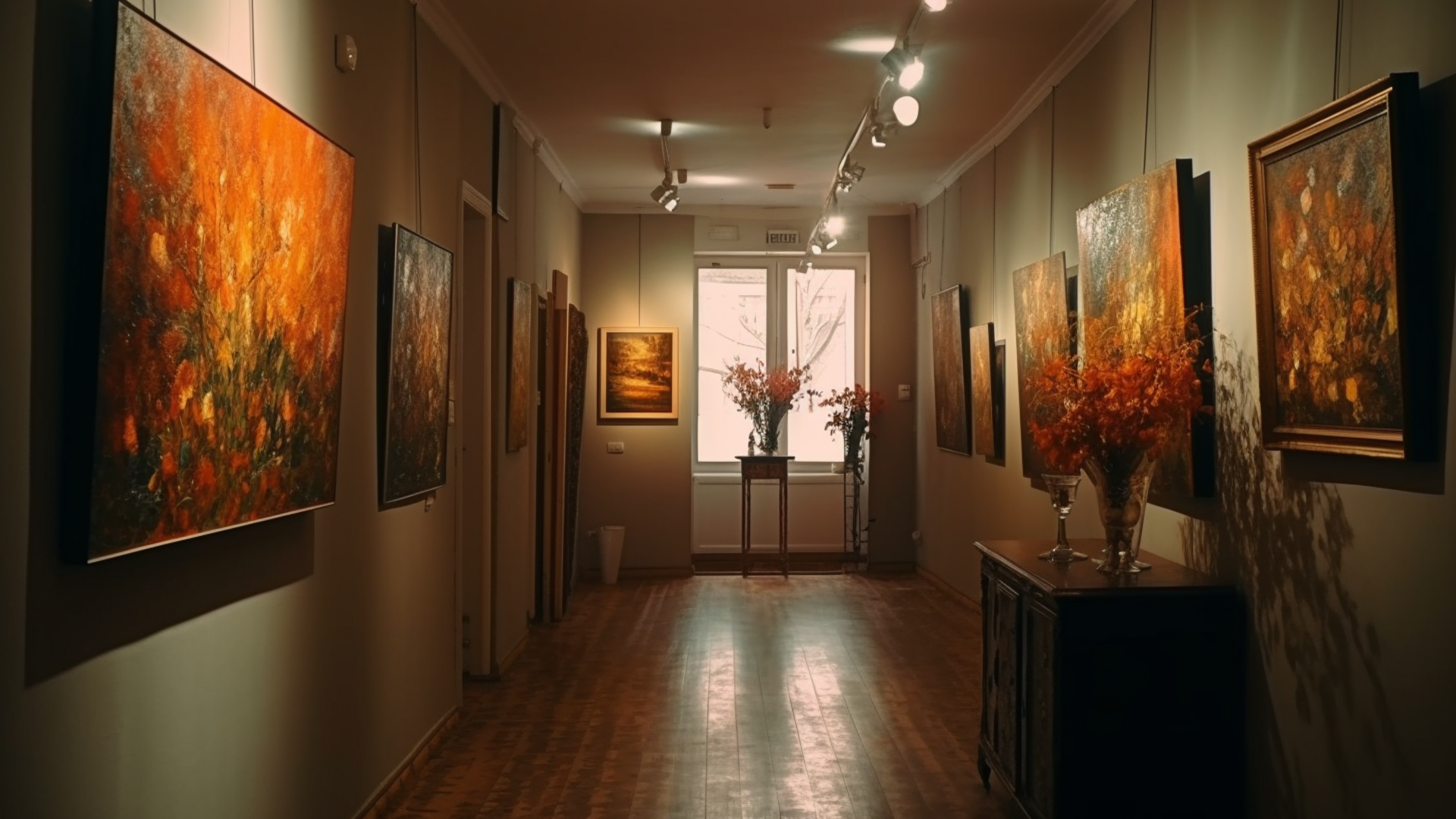Art is an essential part of modern life. For some, it’s music or movies, while for others, it’s the beauty of art. Of all the aspects of art, a passion for artwork provides the easiest place to start your own small business: opening an art gallery. Not only does a gallery delight people with beautiful works of art by young and venerable artists, but it also allows you to make money by selling artwork.
5 tips on how to turn your passion for art into a profitable gallery business
- Familiarize yourself with the numbers. Usually, an art dealer gets 50% of the money from each sale, and the rest goes to the artist. On average, a budding gallery owner might sell five pieces of art a week. As the target audience becomes more familiar with the gallery and the dealer develops a high reputation as a professional, the income will increase. According to general statistics, a dealer can make between $150,000 and $450,000 in the first year of the gallery’s operation. The start-up capital required is relatively small, between $5,000 and $15,000, and the gallery can be up and running within three months.

Gallery - Provide a presence both offline and online. A contemporary art gallery can only be successful if it comes in two forms: a physical space in which artworks are displayed and a digital office on the Internet, simply put, a website. A gallery website is primarily a digital marketing tool since amateurs and seasoned collectors are still accustomed to buying artwork over the Internet. It is advisable to rent a gallery space somewhere in a central area of the city where thousands of people are constantly passing through.
- Hire professionals to promote your website. The competition in today’s Internet market is so high that only experienced professionals in their field will be able to promote the site to the top of Google and effectively attract visitors.
- Register your company with the official state and tax authorities and open a bank account: Today, there are many agencies that can solve all registration issues on their own in accordance with all applicable rules and regulations.
- Assemble a team of specialists. The dealer himself will mainly deal with organizational and commercial issues. Search for artists and the selection of paintings for exhibitions and sales is the curator, usually an art historian with a bachelor’s degree. The exhibitions and presentations are organized and planned by the director, an excellent administrator who is well aware of current market trends.
Advertising and PR are the most important activities to promote the brand because 90% of business success depends on brand promotion. The brand is not only an opportunity to attract a large number of customers but also an opportunity to set higher prices in the marketplace. Networking is also crucial in this business, as personal relationships are essential in making connections with artists and collectors alike.
